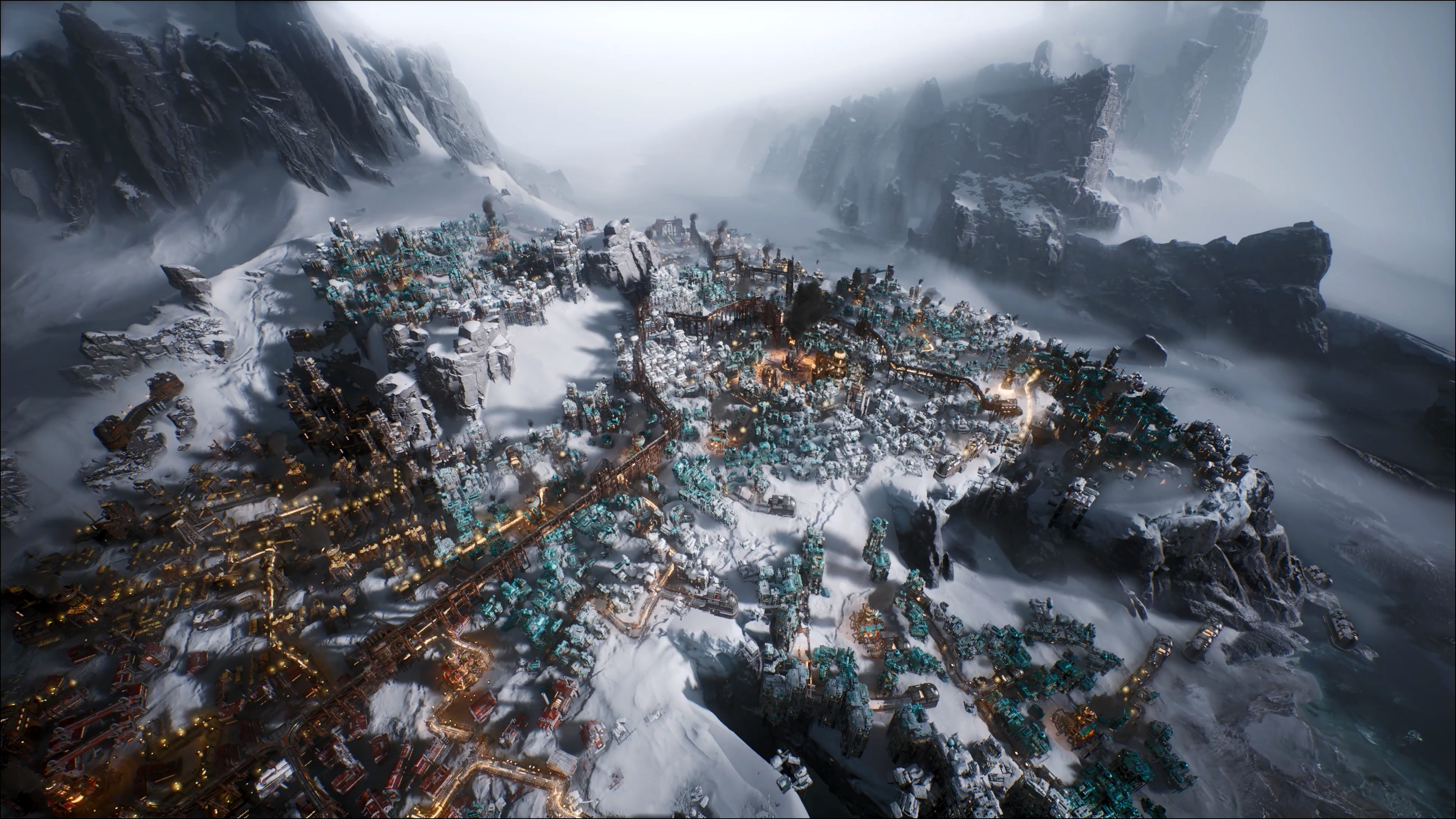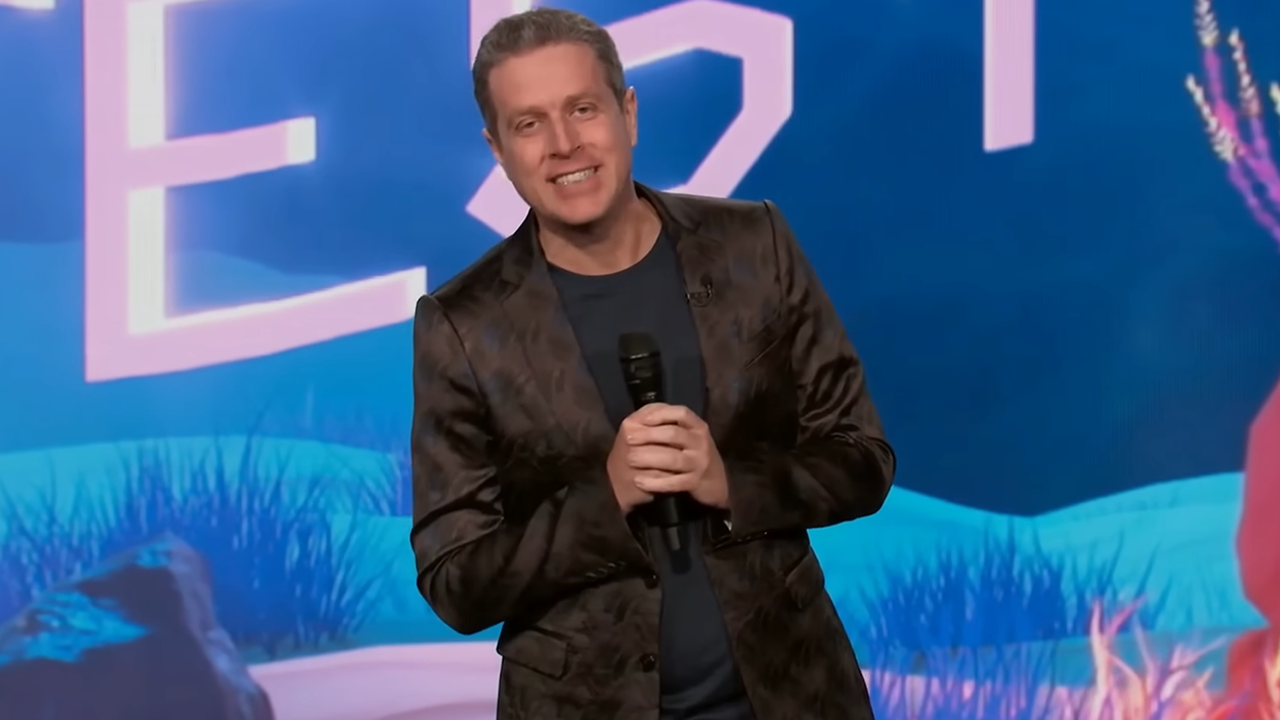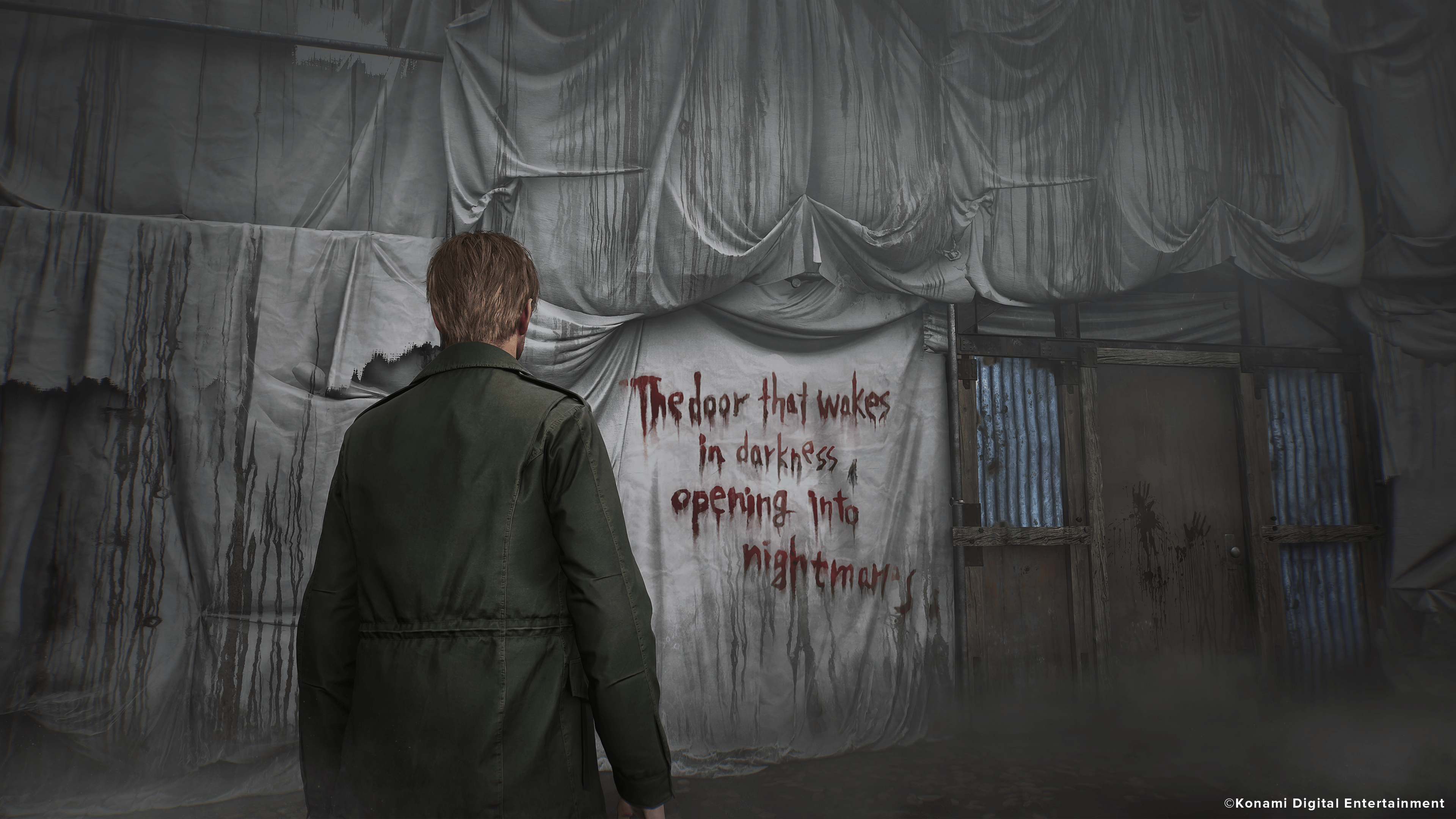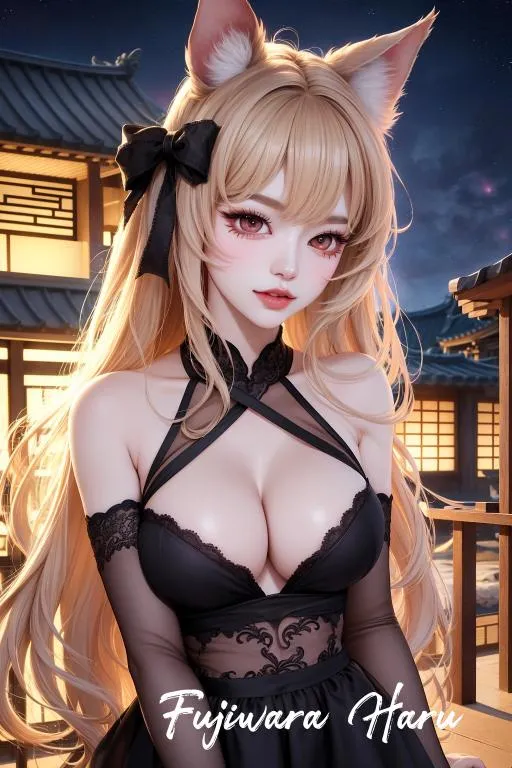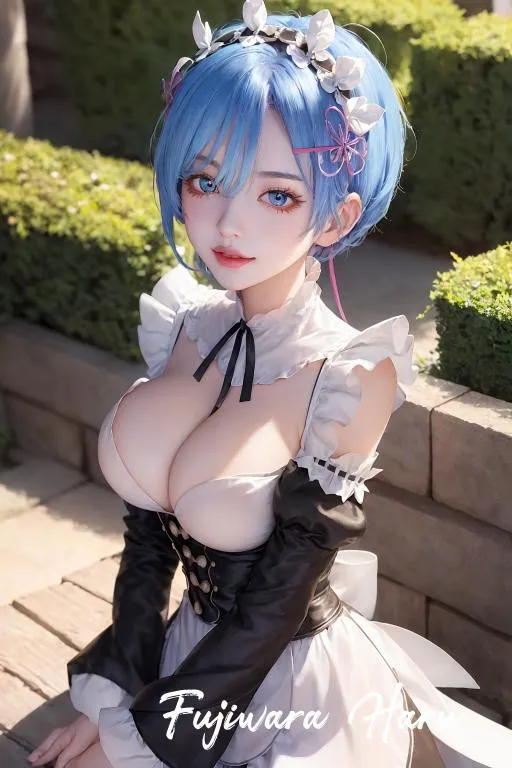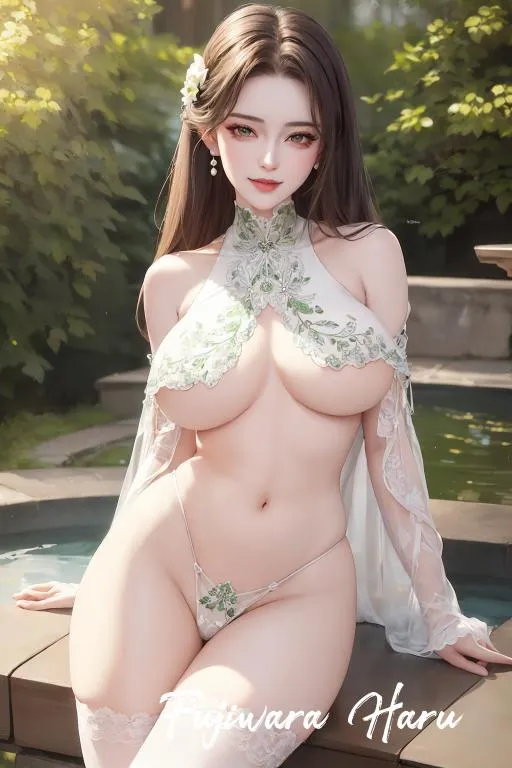
It’s been 30 years since the apocalyptic Great Storm hit, and while humanity isn’t necessarily thriving, it is, at least, surviving. That’s the setting for Frostpunk 2, one of the most anticipated games of the year — and it will be released in a week.
The 2018 city-builder survival game Frostpunk tasked players with leading a post-apocalyptic British society of people through the frozen wastelands to build a city and keep as many citizens alive as possible — navigating tough ethical and moral decisions (like whether to enact child labor laws) along the way. The game launched to critical and player acclaim, and has since sold over 5 million copies. It’s even being turned into a franchise of sorts, with a board game and some upcoming novellas.
“If Frostpunk was about humanity facing the apocalypse, how can we say something meaningful after that?” Jakub Stokalski, Frostpunk 2’s co-director and design director, told Polygon on a call. “If you survived the end of the world, the big question becomes, ‘What now?’”
The city of New London is no longer on the razor’s edge of destruction in the sequel. Instead, its citizens are looking to the future to imagine a new society — but no one has the same ideas and beliefs. As the steward of the city, it’s the player’s task to balance the different factions’ wants and needs or risk banishment, while keeping everyone alive, of course.
To shepherd the Frostpunk storyline into this new era, the developers at 11 bit studios have made some mechanical changes to the game — like building Frostpunk 2 on Unreal Engine to enable modding as well as adjusting the scale of the game (time now moves quicker, with weeks being the primary metric instead of day-to-day decisions).
A few weeks ahead of Frostpunk 2’s Sept. 20 launch, Polygon jumped on a call with Stokalski to discuss the game and the choices the development team has made in bringing it to life.
This interview has been edited and condensed for clarity.
Polygon: Talk us through the decision to create Frostpunk 2. How did that come about?
Jakub Stokalski: After defining that we want to do meaningful games as 11 bit studios, every time we start a new project, we basically need to make sure that it has something to say. We’re not making a project just because Frostpunk was a success.
Frostpunk is an apocalyptic game. It happens as the world is ending, and you have to survive this great storm. What do we do to meaningfully say something new in this world? Do we make a bigger storm, even lower temperature? It starts being these questions that, sure, if we just wanted to make a sequel, “Frostpunk 1.5,” we could go this route.
Frostpunk 2 really becomes a story about these people who survived the unsurvivable and have been shaped by this to the very deepest core of who they are. And then, on the other hand, when you do survive something like that, you turn into a different kind of people and have basically a clean slate in front of you. This is where all of these old demons start rearing their ugly heads. What we evolved into is saying that it’s not nature that’s humanity’s biggest enemy, but human nature — and these diverging ambitions that threaten to tear everything apart.
What elements from Frostpunk did you keep for Frostpunk 2?
Having said all of the things I’ve just said, it doesn’t mean that we just throw everything that Frostpunk is out the window. We definitely knew we wanted to still have this harsh world around us. We knew that we wanted to stay in the genre, which, for our purposes, we defined as society’s survival — so the survival component definitely had to be there.
While designing the core game loops and the building blocks, we knew that temperature is still going to be a problem, resource shortages are still going to be a problem. So there’s this base layer of game mechanics that ensure that this is a proper survival game.
The human element is included in the game in a few different ways — mostly through factions and the council (similar to the U.K. Parliament). How did you decide which elements to include in Frostpunk 2?
It was really about: What are the best mechanical and gameplay tools we can put this concept in, so that it actually becomes a playable part of the game rather than just a statement?
Therefore, if we say that people have been shaped in different ways by the ordeal of survival, that’s why we have communities. If we say diverging ambitions can be both a good thing but a bad thing, that’s why we show factions that conform and start to try to move the city ideologically in their own way. And if we say that human nature and this conflict from the emerging ambitions can be a threat, this is how the council, the voting mechanisms, the negotiations — all of the protests and the mechanics that the factions have ingrained in them — this is how it all came to be.
A lot has changed in Frostpunk 2. There are districts instead of individual housing; the passage of time is different. Talk us through these changes and why that was important for Frostpunk 2.
The immediate change is the time skip, because we start 30 years after Frostpunk ended. All of these decisions — after having multiple conversations about the game with different people — I can totally see how this may sound like a lot of changes in many places, but I don’t think there is one change in the game that does not have its roots in the core concept of the game.
Frostpunk 2 is a game about people shaped by having to face the end of the world and now trying to build a future for themselves and reconcile diverging ambitions. If this is what the game is about, then we have to have a bigger time scale, because you cannot really show in a meaningful, believable, and coherent way that society is evolving, radicalizing, and trying to respond to a changing law landscape. If it’s about true expansion and resources running out on a city scale, you don’t show that in a space of 20 days.
So all of these changes to scale — both in terms of time that passes, as well as the core construction mechanics in the game — this is exactly where it has its roots. This is the only way, in our mind, to let the player play a story about diverging ambitions of people shaped by survival.
The inclusion of the council gameplay system is also rooted in that, because that allows you to show that evolution of social norms, evolution of social structures and constructs in the game, rather than just arbitrary decisions that the player makes at a point in time, and then everyone agrees.
Strategy games in particular, I think, are a form of power fantasy. We play games to have a good time and basically get our way. But if you think about it, if we want to make a game about internal conflict in the society and we don’t really know how it’s going to go, what you actually have to do is take a bit of that power fantasy away from the player to show them that you can become a prisoner of your own choices. Again, only possible on these large timescales.
Players are going to be able to mod Frostpunk 2. Where did that decision come from, and why?
It’s something that we actually were wanting to do even since Frostpunk, but weren’t really able to. We built Frostpunk on our proprietary engine, which allowed us to do a lot of cool custom things, but the investment needed to make it available to the players was just not warranted. This decision is a lot easier now, because Unreal is an established game engine with a known pipeline for this type of stuff.
Strategy games, and PC games in particular, benefit from having a vibrant modding community. People enjoy playing with the games — not only by playing them. That’s a great thing to support, period.
The community for Frostpunk and Frostpunk 2 seems to be very invested not only in the game, with the way the game works, but in the world of the game. There’s people coming up with fanfiction, like writing different scenarios, playing scenarios on Reddit in correspondence form. So just having the opportunity for those who would like to have a go at trying to expand this world to what they imagine is exciting for the whole team.
What was the hardest thing to build for Frostpunk 2, or what took the longest to get right?
The whole concept of the game — especially considering what I said about playing around with the player’s power fantasy, with the genre conventions, and even game conventions. In a way, this proved to be a very hard design challenge.
It was like trying to tread this fine balance of realizing the vision about diverging ambitions and taking away a bit of the player fantasy, while still not making them hate it, basically, and feel constricted and not really being able to do anything — which, I’m sure real-world politics is a bit like that, but we did not want this level of realism in the game. It was very, very hard.
On top of all of that is the fact that Frostpunk 2, as Frostpunk was, is at its very heart, I think, a narrative experience. Story is one thing, but a narrative in the sense of me as a player, pouring my agency into what the game allows me to be, and having the experience that comes out of it be an experience that is narratively coherent. My role, what I can do, what the game tells me is happening, and how I can impact this. Actually making sure that all of these different strategy puzzles, mechanics, and building blocks fit well together, that was another level of complication. So I don’t know, basically anywhere I look in this project, it was pretty challenging.
What do you hope that players get out of Frostpunk 2?
The main campaign is a semi-authored story — it has a beginning, middle, and end — and a set of things we want you to experience. But in between those points, or rather the way you approach realizing these story points, you have a very broad set of ways you can go about it.
Whenever games play to their strength, which is allowing for player agency through gameplay mechanics, this is where truly unique experiences can happen. And I very much believe that this is true for Frostpunk 2, in the sense that the set of things we allow you to do is broader and more complex, I would say, than in Frostpunk.
Each playthrough should give you something new to experience, some new facet — like law consequences you did not foresee or strategies you did not believe were possible, but actually are possible.
By the very merit of what we included and what we did not include in the game, we made a choice, like a creative choice. But the way you interpret these choices — the way you look back on your playthrough and its outcome and try to wrestle with your own conscience and your own point of view of, Does it all hold water or maybe I try again — this is, I would hope, going to be the biggest strength of the game.
Is there anything else you would like to mention?
We’re doing a Twitch integration. This is an experiment for us. I wouldn’t say this is the most important thing about the game, but to me, personally, as a designer, actually including the “multiplayer aspect” to it is an interesting thing that I think makes particular sense in this game… and is very interesting to see how it’s going to play out.
I guess the last thing I want to add is that there is a bit of anxiety I have about the scale of changes that we did, which is obviously not small. Creatively, we stand by everything that we did, because we really believe it makes sense in this context. We are not just cashing in on the success of Frostpunk; we really want to make something meaningful here and I truly believe that what we did is true to the core experience, but builds on it in a meaningful way.
Source:https://www.polygon.com/gaming/451037/frostpunk-2-interview-jakub-stokalski-11-bit-games